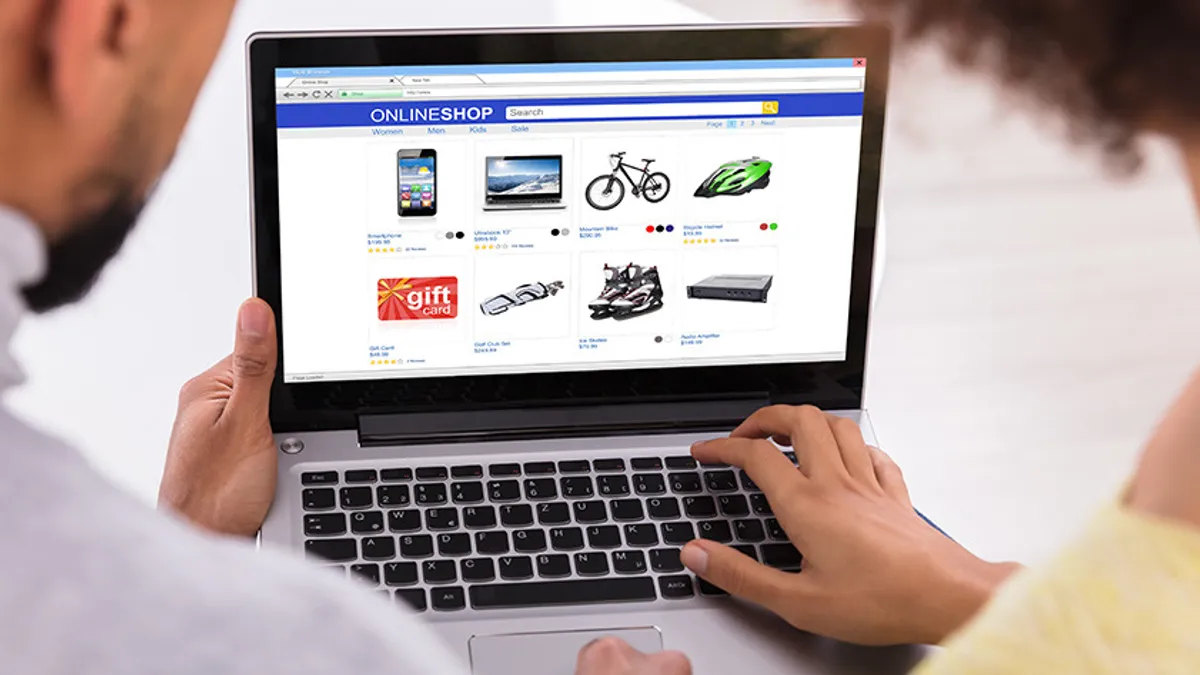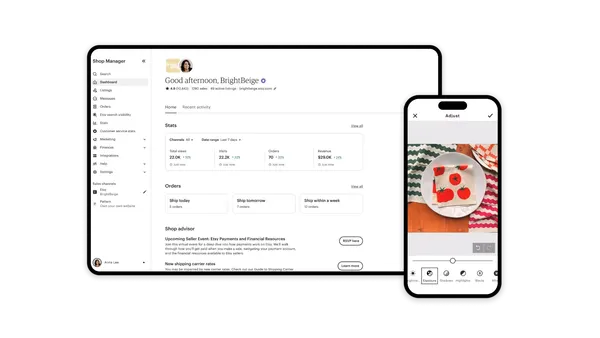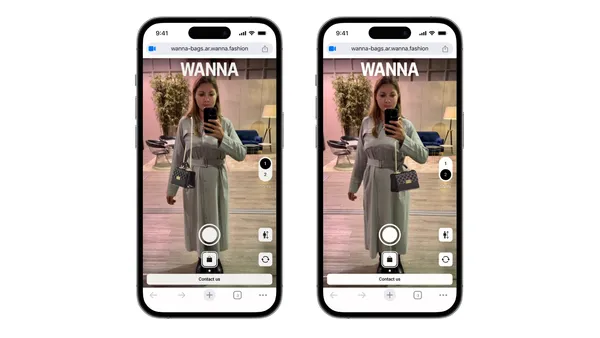If you're in retail, you're hearing the buzz about third-party marketplaces. I'm not talking about Amazon's third-party seller program. Instead, this is a newly-emerging segment of e-commerce, retailer or brand-owned third-party marketplaces powered independent of the Amazon machine.
In years past, setting up an independently-owned third-party marketplace for any retailer required big budgets, proprietary technology, and teams of staff to implement it, but no longer. Thanks to advances in API-driven marketplaces, such as Salesforce Commerce Cloud, and headless commerce technology, retailers of all forms and sizes can capture the benefits of a third-party marketplace.
Based on our experience at Marketplacer two consistent needs are: managing dropshipping efforts and range extension for improved customer experience and increased sales.
Third-Party Marketplaces Are Growing…and Needed
Marketplaces account for half of all global e-commerce sales; the top 100 marketplaces rake in nearly $2 trillion in annual sales combined (Shopify: The future of eCommerce in 2021). This includes global behemoths such as Amazon, eBay and Etsy, as well as retail brands such as Walmart, Target and Overstock.
Fulfillment within these marketplaces has traditionally been warehoused, which is why third-party marketplaces are increasingly attractive. There's no need to hold the inventory, but you still process the sale, manage the customer experience, and keep the data. Why? Because a third-party marketplace does all of that for you!
In 2018, third-party (3P) sales via marketplaces accounted for 80 percent of global online gross merchandise value (GMV) of the top 20 e-commerce companies worldwide. Direct retail (1P) sales accounted for 20 percent of gross merchandise volume.

As Bobby Amezaga, VP, Commerce Cloud Product Marketing relayed to me in an earlier conversation: "Last year, the world completely shifted to digital overnight and it's here to stay. Marketplaces are a natural next step in the evolution of ecommerce. When they are pre-integrated with an agile and scalable platform like Commerce Cloud, companies will be able to launch marketplace experiences quickly, reduce IT overhead, and accelerate growth in this next generation of commerce."
Riding the Third-Party Marketplace Wave with SurfStich
One of the two most common needs I identified above was range extension. SurfStitch, a Marketplacer customer, is a perfect example of an established ecommerce brand that used third-party marketplaces to experiment with endless aisle and category strategies.
Surfstitch is a hero brand in Australia and New Zealand pulling in $29M in revenue. They're a beloved online retailer of action sports and street fashion brands, and popular content publisher of surf, street fashion and other water-sport related content. The company was formerly owned by Billabong, a global surf brand, and spun off in 2016 with an established online retail and content brand.
Over the past few years, they've been experimenting with marketplace capabilities and different strategies, such as launching a private label. Last year, SurfStich started looking at how to fight seasonality issues with many once-a-year customers flooding in for summer and loading up on surfboards and swim gear, but not returning in between.
To combat this, SurfStitch decided to expand product offerings in existing categories like swimwear, while creating cross-categories such as beauty, wellness, work-wear and home goods, all without disrupting the shopping journey with which its customers were familiar. Essentially, SurfStich is employing the endless aisle approach, typically found in in-store environments, and extending it to the online realm by giving customers a much broader product assortment.
Implementing a third-party marketplace strategy opened up opportunities for SurfStitch to experiment. With API-driven approaches, it's become frictionless to integrate and create a seamless experience for the customer. In addition, this approach removed the complex task of managing multiple third-party integrations, and allowed the business to better manage its product database and enhance the overall customer experience.
Surfstitch launched its marketplace in just 40 days using a custom integration that connected directly to the company's ERP system, which feeds the products into the Salesforce Commerce Cloud platform. In just three months, SurfStich saw a 300% increase in new vendors onboarded, and it is now selling over 500 brands.
In a recent podcast interview, Justin Hillberg, Managing Director of SurfStitch said, "[We've] jumped 30-40% of products on offer to our customers in 3-4 months without investing in inventory. As a result, it's given us a good opportunity to test a broad assortment of product categories and individual products, and let the customer tell us what;s working, what's not, and what's relevant."
As worldwide e-commerce sales continue to grow, so will the number and usage of third-party marketplaces for the myriad reasons discussed here. More specifically, as the SurfStitch case study demonstrates, online retailers can utilize third-party marketplaces to offer more products in more categories by adopting a digital endless aisle approach, but without having to carry expensive inventories or build those expensive e-commerce operations from the ground up. If you're looking to generate similar e-commerce sales and operating efficiencies to those of SurfStich and other adopters, a third-party marketplace could very well be the answer to your problems.










